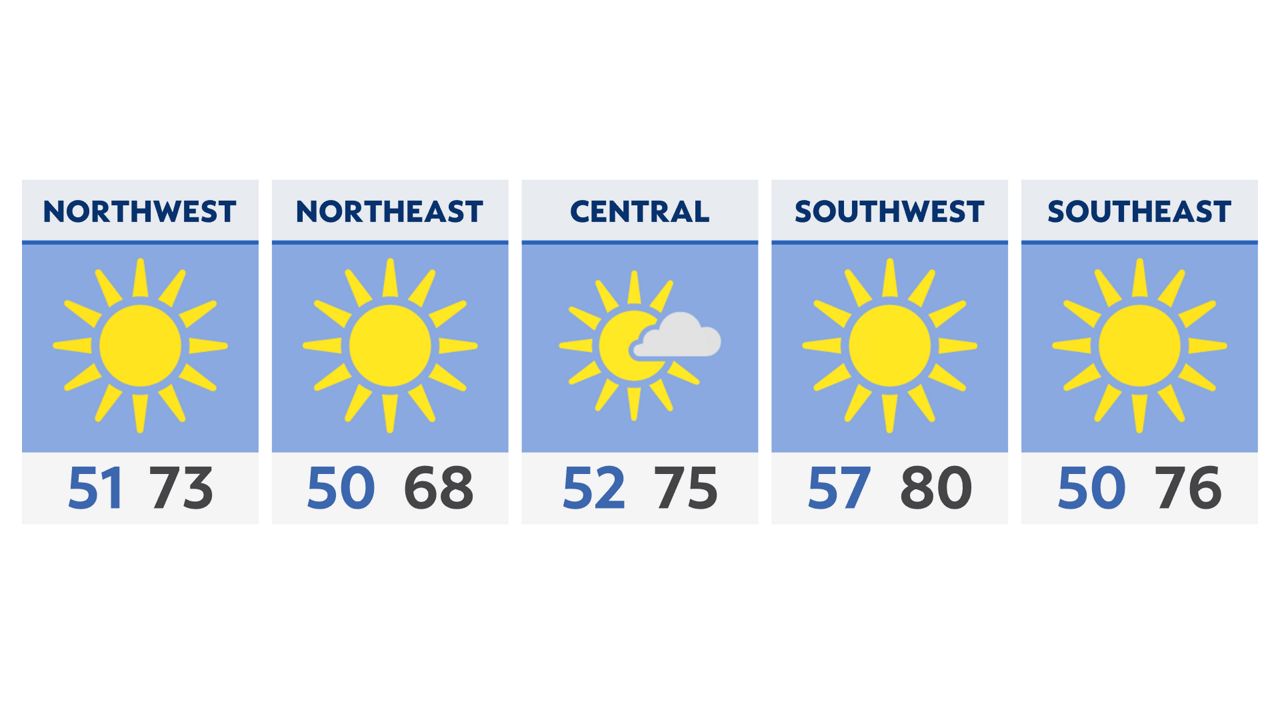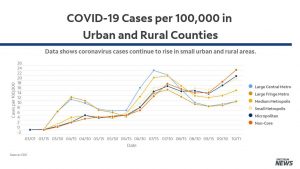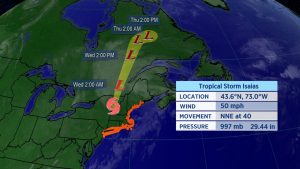The Biden administration is investing $3 billion to help the agriculture industry address the lasting challenges from the coronavirus pandemic.
Half of the funds will go to school districts that are struggling to provide children with adequate food during the pandemic.
The investment, announced by the U.S. Department of Agriculture on Wednesday, will be split into four categories: Up to $1.5 billion will be allocated to schools dealing with food supply chain disruptions; nearly $500 million will aim to address overall supply chain disruptions in the industry; another $500 million will be sent to support drought-recovery efforts and encourage more green water management practices and a final $500 million will go towards preventing the spread of African Swine Fever.
“The coronavirus pandemic has impacted every stage of our food supply chain, from commodity production through processing and delivery,” U.S. Agriculture Secretary Tom Vilsack wrote in a statement. “Farmers, ranchers and forest landowners increasingly experience the impacts of climate change as severe storms, floods, drought and wildfire events damage their operations and impact their livelihoods.”
The funds will be made available through the Commodity Credit Corporation (CCC).
According to data from the School Nutrition Association, over 97% of the 1,368 school meal program directors in a July study said they were concerned about pandemic supply chain disruptions continuing into this school year, with 65% citing their concerns as “serious.”
The government school meal program reaches nearly 50 million students across the country, and supply chain challenges have persisted at many schools nationwide in recent weeks.
The reasons for the shortages are varied: Missouri’s Eldon School District was unable to serve its nearly 3,000 daily meals to students because the district’s supplier, Kohl Wholesale, was short-staffed; Last week, students at Mitchell Elementary in Southwest Philadelphia were not given their typical breakfast or lunch because the school itself was short-staffed, according to the Philadelphia Inquirer; And starting Friday, Edmond Public Schools in Oklahoma will only offer one option for lunch each day due to supply-chain issues.
“Due to staffing and nationwide supply chain shortages, EPS will be streamlining its menus and reducing the number of options offered,” a notice on the school’s lunch option website reads. “Please be aware, especially for students with allergy and special diet concerns, that product shortages may require last-minute menu changes or substitutions. We apologize for any uncertainty and inconvenience this may cause as we work through these difficult market conditions.”
Both the ongoing supply chain challenges and school food shortages have plagued the administration since President Joe Biden took office, and his Department of Agriculture has already taken a number of steps to ease the issues.
In April, the Biden administration extended the free lunch program for every K-12 student through the 2021-2022 school year; in August, Biden approved a significant and permanent increase in the levels of food stamp assistance available to needy families, which is set to go into effect in October.
Nearly $500 million from Wednesday’s announcement will go towards addressing overall supply chain issues such as “transportation challenges, availability and cost of certain materials, and other near-term obstacles related to the marketing and distribution of certain commodities,” per the USDA.
The USDA will also allocate funds to help those in the agriculture industry better prepare for severe climate events that may impact their crops in hopes of alleviating future supply-chain issues in years to come.
Around $500 million will go towards adopting “water-smart management practices,” and will be funneled through USDA’s Farm Production and Conservation agencies that will fund drought-resistant farming techniques.
According to the U.S. Drought Monitor, the vast majority of the Western United States was experiencing severe, extreme and exceptional droughts with anticipated short-and-long term impacts on the local ecosystem as of Sept. 21. More than 40% of the mainland has experienced some kind of drought since last September.
Speaking Wednesday from Colorado State University’s Salazar Center’s Virtual International Symposium for Conservation Impact, Vilsack also announced the Climate-Smart Agriculture and Forestry Partnership Initiative, a new series of pilot projects supported by the USDA that will give agriculture workers incentives for implementing green energy and technology solutions.
“Agriculture, forestry and rural Americans can, will, and must play an important role in meeting the President’s 2030 reduction goal and the net zero emissions goal by 2050,” Vilsack tweeted following his address. “Climate smart agriculture and forestry has to work for farmers, ranchers and forest owners or it won’t work for the climate.”
The department is requesting input from the public to inform the overall design of the new partnership, and comments will remain open until Nov. 1, 2021.
Individuals are encouraged to submit recommendations on the current state of climate-smart commodity markets, suggestions for protocols and ways to include historically underserved communities, among more.




